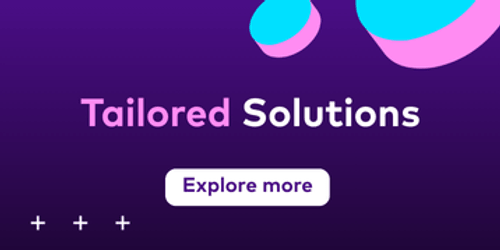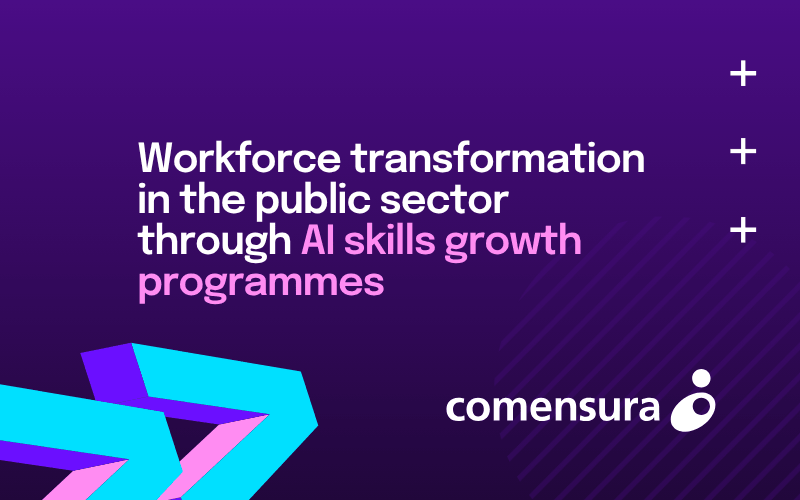

Author
Sales Director
2025-08-08
4 minutes
Total Talent Management vs Contingent Workforce Management: What’s the Difference?
Two prominent concepts that are at the forefront of the search for flexible, agile, and strategic approaches are Total Talent Management (TTM) and Contingent Workforce Management (CWM).
While both aim to optimise how organisations acquire and manage talent, their scope, methods, and impacts differ significantly. Understanding these differences is crucial for companies seeking to maximise their human capital and remain competitive.
What is Total Talent Management
Total Talent Management is a holistic approach to total workforce planning and management that integrates all sources of talent, including permanent employees, temporary staff, freelancers, independent contractors, and even gig workers under a single, unified strategy.
The core principle of TTM is to view all workers, regardless of their employment status, as valuable contributors to the organisation’s goals.
TTM is built upon the idea that organisations should not separate their strategies for different types of workers. Instead, they should manage, attract, and retain talent using a centralised, standardised system that accounts for the full spectrum of available skills and resources.
This includes leveraging technology and data analytics to gain visibility into the entire workforce, breaking down traditional silos between HR and procurement, and building a culture that values and integrates all forms of talent.
Understanding Contingent Workforce Management
In contrast, Contingent Workforce Management refers specifically to the processes, systems, and strategies associated with managing workers who are not permanent employees. This group includes temporary agency workers, independent contractors, consultants, freelancers, and anyone engaged on an as needed or project basis.
CWM typically focuses on sourcing, onboarding, managing, and offboarding for non-employee talent. It is often managed separately from permanent workforce strategies. The primary objectives of CWM are to ensure compliance, cost control, risk mitigation, and the efficient deployment of contingent resources in response to fluctuating business demands.
Key differences between TTM and CWM
-
Scope: The most significant difference is scope. TTM encompasses the entire workforce, integrating both permanent and flexible talent pools. CWM, in contrast, is limited to the management of non-permanent workers.
-
Strategic integration: TTM requires close collaboration between HR, procurement, and business leaders to orchestrate an organisation-wide talent strategy. CWM often operates in a silo, with a focus on tactical execution and specific approaches such as direct sourcing and contingent staffing rather than enterprise-wide alignment.
-
Technology and data: TTM leverages integrated technology platforms that provide visibility into all talent segments, enabling data-driven decision-making. CWM solutions typically focus on Vendor Management Systems (VMS) to track and manage contingent workers only.
-
Talent experience: TTM emphasises a consistent and engaging experience for all workers, regardless of employment type, while CWM primarily addresses the specific needs and compliance requirements of contingent staff.
-
Business impact: TTM is designed to support broader business objectives such as innovation, workforce agility, and long-term competitiveness. CWM is often more transactional, supporting short-term needs and cost efficiency.
Benefits and challenges
Total Talent Management offers significant potential benefits in workforce planning, including greater workforce visibility, improved agility, better alignment with business goals, and enhanced employer branding. However, implementing TTM can be challenging. It requires cultural change, advanced technology, and a willingness to break down traditional silos.
Contingent Workforce Management remains essential for businesses needing rapid access to specialised skills or the ability to scale up and down in response to market changes. Its focused nature allows for tighter control over costs and compliance, but it may miss strategic opportunities offered by a more unified approach.
Choosing the right approach for efficient workforce planning
For many organisations, the choice between TTM and CWM is not either/or but a journey. Organisations often start by improving their contingent workforce management processes, then move toward a more integrated, total talent model as they recognise the value of a holistic approach. The trend is clear: as the workforce becomes more diverse and fluid, the ability to manage all talent effectively and strategically is key to organisational success.
Total Talent Management and Contingent Workforce Management represent different stages on the spectrum of workforce strategy. While CWM provides vital tactical control and compliance for non-permanent labour, TTM unlocks a broader value total workforce management approach, integrating all talent resources into a single, strategic framework.
The future belongs to those organisations that can master both, in a blended workforce model that brings the advantages of both approaches.
Ready to optimise your workforce planning and make the most of your contingent workforce UK wide?
Contact Comensura today to discover how our total talent management solutions can help your organisation achieve its goals. Let’s shape the future of your workforce together. Get in touch now.
Insights to drive workforce performance
Workforce insights in your inbox
Sign up for our newsletter with the latest workforce management news, insights, analysis and more.
United Kingdom
First Floor, Mulberry House
Parkland Square
750 Capability Green
Luton, LU1 3LU
Australia
Suite 1403
Level 14, 309 Kent Street
Sydney
NSW 2000










